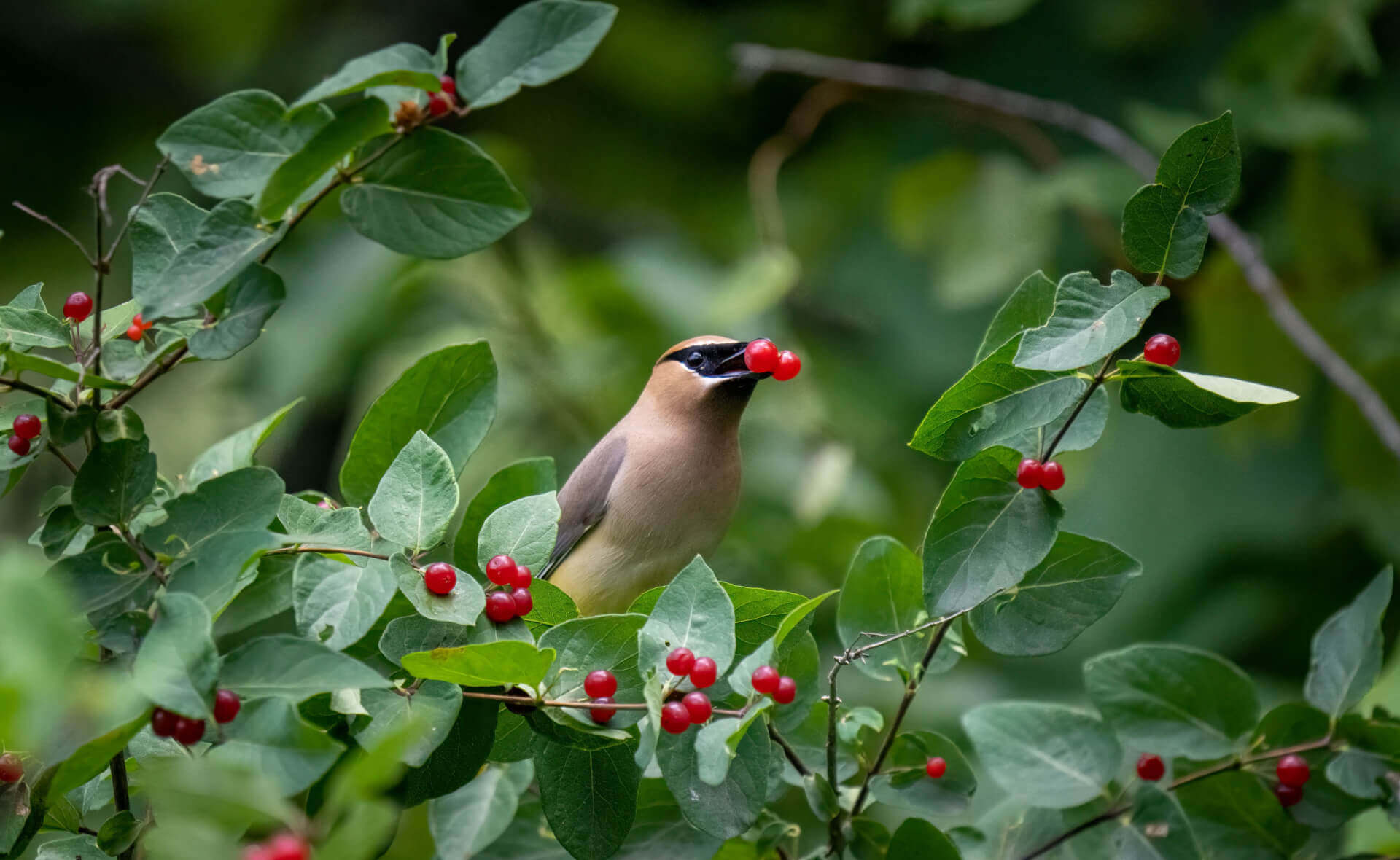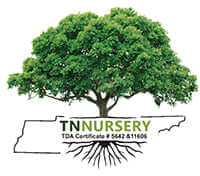Plants that Benefit Birds

Share
A Closer Look at 9 Bird-Friendly Species
Birds are essential in our ecosystems, from pollinating plants to controlling insect populations. One way to support our feathered friends is by planting bird-friendly vegetation in our gardens and landscapes. In this article, we'll explore nine visually appealing plant species and provide essential food and shelter for birds. We'll begin with the Elderberry shrub and journey through Holly bushes, Dogwoods, Virginia Creeper, Cardinal Flowers, Coneflowers, Chokeberry shrubs, Viburnum, and Blackberry shrubs.
Elderberry Shrubs (Sambucus)
Elderberry shrubs are a favorite among both gardeners and birds. Their clusters of small, creamy-white flowers in spring give way to dark purple or black berries in summer. These berries are a rich food source for various bird species, including thrushes, warblers, and finches. Elderberries provide sustenance, and the shrubs offer nesting sites and protection from predators due to their dense foliage.
Holly Bushes (Ilex)
Holly bushes are known for their striking evergreen foliage and vibrant red berries, a winter feast for many birds, especially when other food sources are scarce. Robins, bluebirds, and cedar waxwings are particularly fond of holly berries. Planting a mix of male and female holly bushes ensures berry production, as female plants require nearby males for pollination.
Dogwoods (Cornus)
Dogwoods are prized for their beautiful spring blossoms and brilliant fall foliage. The fruits of various dogwood species, such as the flowering dogwood (Cornus florida) and red-osier dogwood (Cornus sericea), are an essential food source for numerous bird species. Birds like Eastern Bluebirds, Northern Cardinals, and Cedar Waxwings eagerly devour these nutritious red or white berries.
Virginia Creeper (Parthenocissus quinquefolia)
Virginia Creeper is a vigorous vine that adds a touch of red or purple to your garden's fall color palette. While its berries are mildly toxic to humans, they are a valuable food source for many bird species, including Robins, Bluebirds, and Eastern Phoebes. The vine also offers shelter and nesting opportunities, making it a multifaceted bird asset.
Cardinal Flowers (Lobelia cardinalis)
Named for its bright red, cardinal-like flowers, this native plant is a hummingbird magnet. While not a food source for birds, cardinal flowers attract hummingbirds, which in turn help pollinate other plants in your garden. By providing nectar-rich blooms, you indirectly support birds' diets and enhance the ecological balance in your yard.
Coneflowers (Echinacea)
Coneflowers, striking purple or pink petals and prominent cones, are visually appealing and a food source for goldfinches. These birds feast on the seeds found in the conical centers of the flowers, especially during late summer and fall. Allowing coneflower heads to stand through winter provides a valuable food source during the colder months.
Chokeberry Shrubs (Aronia)
Chokeberry shrubs, including black chokeberry (Aronia melanocarpa) and red chokeberry (Aronia arbutifolia), produce small, dark berries that are a favorite among many bird species, such as American Robins, Eastern Bluebirds, and Cedar Waxwings. These shrubs also provide dense foliage, offering birds both food and shelter.
Viburnum (Viburnum spp.)
Viburnum species are cherished for their fragrant blossoms and attractive berries. Depending on the species, viburnum berries come in various colors, including red, blue, and black. These berries are an essential food source for numerous birds, including thrushes, woodpeckers, and warblers. Viburnums also provide nesting sites and cover for birds year-round.
Blackberry Shrubs (Rubus)
Blackberry shrubs are well-loved by gardeners for their delicious fruits, but birds equally adore them. Species like the American Robin and Northern Mockingbird eagerly devour ripe blackberries. In addition to their fruit, blackberry shrubs provide birds with safe places to nest and hide from predators within their dense, thorny canes.
Creating a bird-friendly garden is not only aesthetically pleasing but also ecologically beneficial. By incorporating these nine plant species-Elderberry shrubs, Holly bushes, Dogwoods, Virginia Creeper, Cardinal Flowers, Coneflowers, Chokeberry shrubs, Viburnum, and Blackberry shrubs-you can attract a variety of bird species, offering them nourishment, shelter, and nesting sites. In return, you'll be treated to the delightful sights and sounds of birds enriching your outdoor space. So, consider planting these bird-friendly species in your garden and contribute to the well-being of your avian neighbors.
